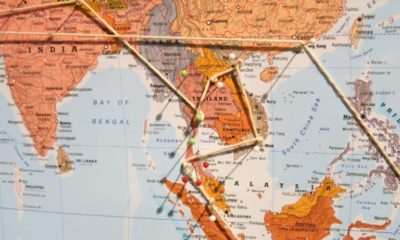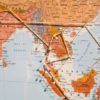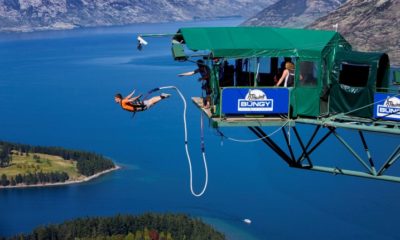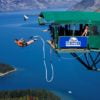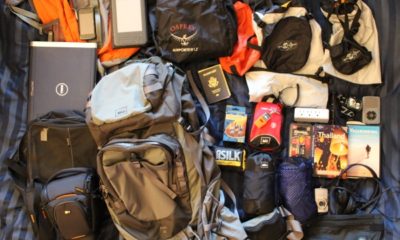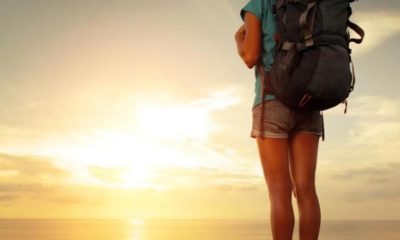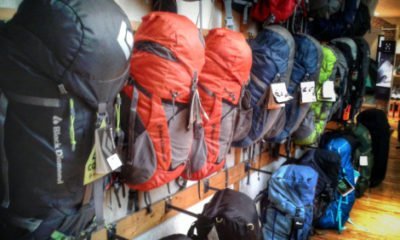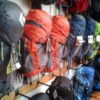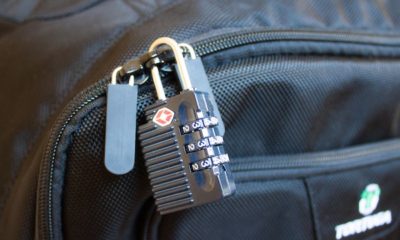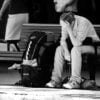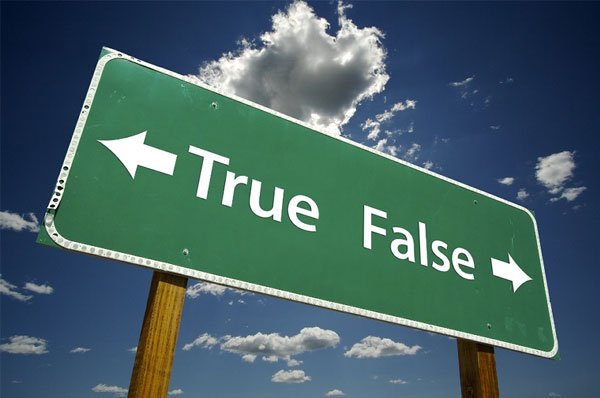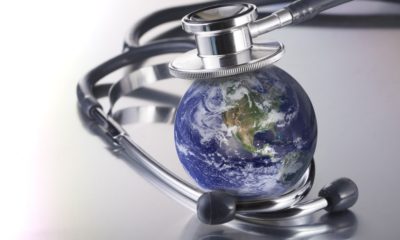How To Document Your Travel Trip
Your trip will almost certainly be the best thing you will ever do, therefore it is important to remember it.
Your trip will almost certainly be the best thing you will ever do, therefore it is important to remember it.
Camera
Clearly the easiest and most common way to document your trip is with a camera. It can be a difficult decision as to what camera to take with you – some people just use their smartphone.
Many do go for DSLR cameras, but these add a lot of extra weight and bulk to your pack. Obviously the majority of people go for a light compact camera, but there is no right or wrong answer; if you love photography then you may regret taking a point and shoot camera over your DSLR and think it is totally worth the extra hassle. If buying a new camera will put a big dent in your budget then a good smartphone camera will do a more than sufficient job.
Go Pro cameras are very popular to take now as well, often in addition to another camera – they are great from using underwater or when doing physical activities. You can find many cheaper alternative Action Cameras if you don’t want to spend the big bucks.
After breaking my camera zip lining in Laos, I knew exactly what type of camera I wanted to buy next – an all-rounder; light, rugged and waterproof, but with a good technical specification, especially a decent zoom, which you cannot get with your phone. With my camera I can take good quality scenic photos, then take it in the water with me and can even risk it getting knocked about.
As your trip goes on your camera will become the most valuable item in your possession – you really do not want to lose those thousands of photos on it. Therefore it is extremely important to have a backup strategy – that sounds really boring I know, but after months on the move it is quite likely you will either lose or damage your camera.
Fortunately, gone are the days where you would have to carry loads of different film rolls with you until you got back home to develop them.
If you have a laptop or tablet with you can easily use that as your backup. I would highly recommend taking a USB stick if you don’t have a laptop, then you can store your backup on there when you get access to a computer – just don’t store it with your camera otherwise you could end up losing both. Probably the best option is to upload your photos to Facebook or a cloud service, this way your photos will be online and you don’t have to physically carry a backup.
You should backup as often as you can, you can easily take 100 pictures a day, so leaving it a week can potentially cost you 700 photos.
Always obey local customs when taking photos. You should be aware it may be inappropriate to take photos in religious or sacred places. Always ask permission before taking a photo of someone.
Remember to not only take photos of scenic landscapes – some of the best photos are of street signs, foods, transport, dorms and most importantly the people you meet. Your photos should tell a continuous story of your journey.
Travel Diary
Writing a travel journal is probably the best way to document your trip – you will note down so many more memories than with a camera, particularly the little things that you will likely forget. A diary will provide you with much amusement years down the line when you read it.
A lot of people can’t be bothered and I understand that. When I first began I wrote a very detailed and descriptive diary and it did become a nuisance. However I learnt there is no need to write a novel; nowadays I just write in bullet points. Usually no more than 10 points per day, and just the key things that have happen to me in that day; places I went, things I did, what I ate, people I met, funny moments, etc.
Writing a diary is a great way to pass time on long journeys and also a great way to reflect on what you have done – often if you are catching up on a few days you will be in shock as to just how much you have done in such a short space of time.
If you are travelling alone, you should definitely write a journal as it can be harder to remember things you have done, especially as you don’t have another person to remind you. A diary can even be a friend or comfort to you in hard times.
Souvenirs
I mentioned in my Money Saving article that the best souvenirs are free. Buying cheap, tacky souvenirs will cost you money that you can spend on other things, add weight and bulk to your bag and often break.
When travelling I collect little things for free, usually just little pieces of paper, because they are light, then stick them in my journal like a scrapbook. I have all sorts of things, used plane/ bus tickets, festival entry passes, leftover currency, beer labels, hostel business cards, a hospital patient card, fruit stickers, receipts… not only are they free and more abundant, but these types of souvenirs are also much more personal and even sentimental to my trip.
| Other Ways To Document Your Trip |
|---|
| Video. Much better than photos when trying to capture an atmosphere, moving event or wildlife.Sound. You may want to record sounds on your trip like the beating traffic of Ho Chi Minh or the insects in the jungle at night. Some people also like to dictate their journal.Drawing. If you are a keen artist sketching your memories may be the most fulfilling way to relive them later. |



